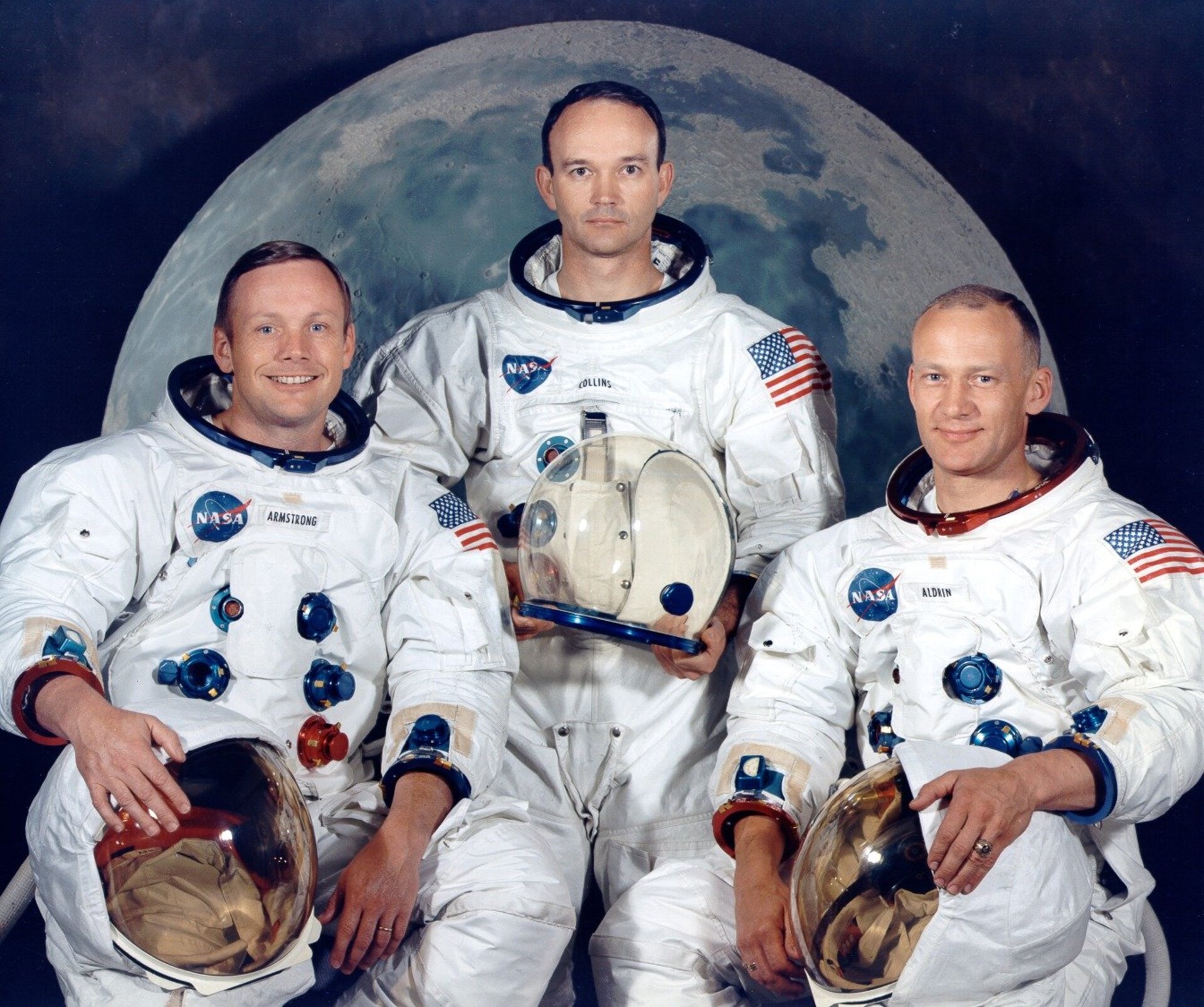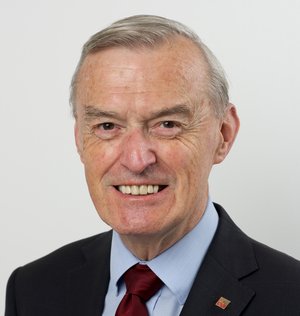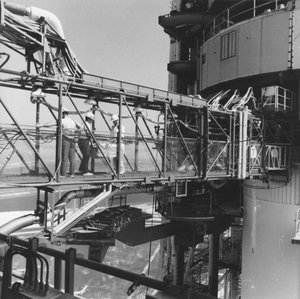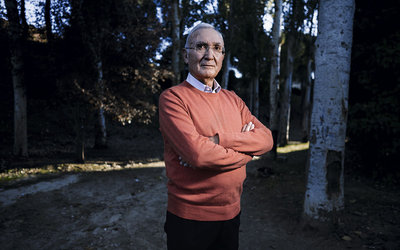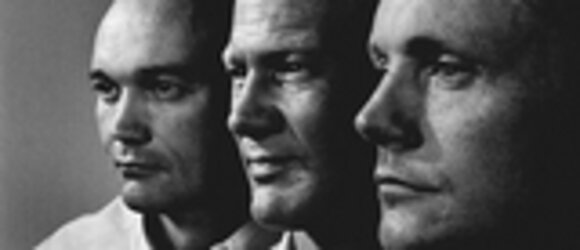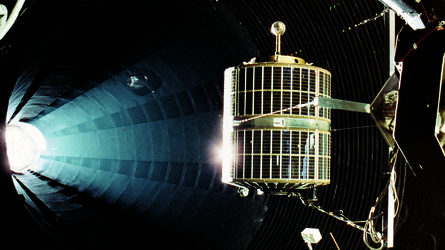On this day: 50 years ago
With over half a billion people watching all over the world, Apollo 11 prepares to lift off from Cape Kennedy, Florida, on what is seen as possibly the greatest single step in our history - a landing of humans on the Moon and returning them to Earth.
Earlier that day, the Apollo 11 astronauts are awakened at 9:15 a.m. CEST (4:15 a.m. EDT). They are Commander Neil Armstrong, civilian test pilot, Command Module Pilot Michael Collins and Lunar Module Pilot Edwin (Buzz) Aldrin, both US Air Force pilots.

10:35 a.m. After a breakfast of orange juice, steak, scrambled eggs, toast and coffee, they begin suiting up.
11:27 a.m. The crew sets off in an air-conditioned van for the launch pad 12 km away. They take the lift to the Apollo Command Module sitting 110 m up on top of the Saturn V rocket.
11:54 a.m. Armstrong enters the Command Module and takes position in the left couch. He is followed 5 minutes later by Collins on the right and Aldrin in the centre couch.

The weather is good, with winds at 10 knots from the south-east, temperature around 28-29°C (85°F) and clouds at 5000 m. Two minor problems developed in the ground equipment, a leaky valve and a faulty signal light were corrected while the astronauts were en route to the pad.
2:27 p.m. The Apollo access arm is retracted.

2.32 p.m. CEST (9.32 a.m. EDT) On schedule to within less than a second, 8 seconds before launch time, the first of the Saturn V's first stage engines ignited. For two seconds the vehicle builds up thrust. The hold down clamps were released and the space vehicle began moving slowly upward from the pad, as near 9:32 a.m. as human effort could make it.
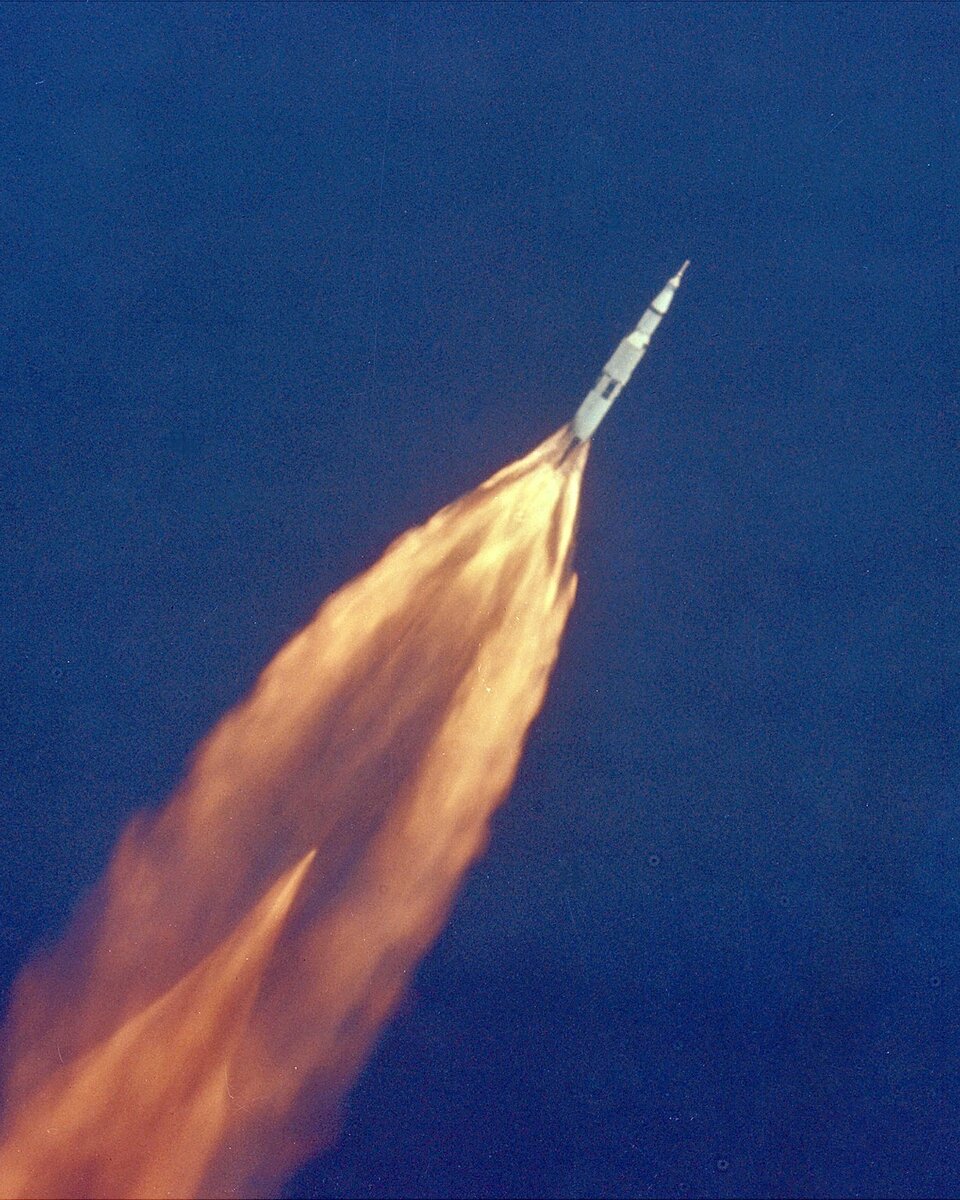
2:44 p.m. Apollo 11 enters a 150 km Earth orbit, during which the vehicle is carefully checked by the astronauts and Mission Control in Houston, Texas.
5:22 p.m. Another firing of the Saturn third-stage engine boosts Apollo 11 out of orbit onto its lunar trajectory at an initial speed of 38 000 km/h.
5:49 p.m. While the spacecraft moves away from Earth, the Command/Service Module ‘Columbia’ separates from its launcher adapter and retrieves the Lunar Module ‘Eagle’ from its compartment atop the third stage.
More information:
ESA is joining the international space community in celebrating the 50th anniversary of humankind first setting foot on the Moon and paying tribute to the men and women who took part in this endeavour, some of whom went on to work in later NASA, ESA and international space programmes. Today, ESA and our partners are busy preparing to return humans to the surface of the Moon. During this week, we will focus on the different lunar missions being prepared by ESA and highlight of some fascinating European contributions to lunar exploration.


